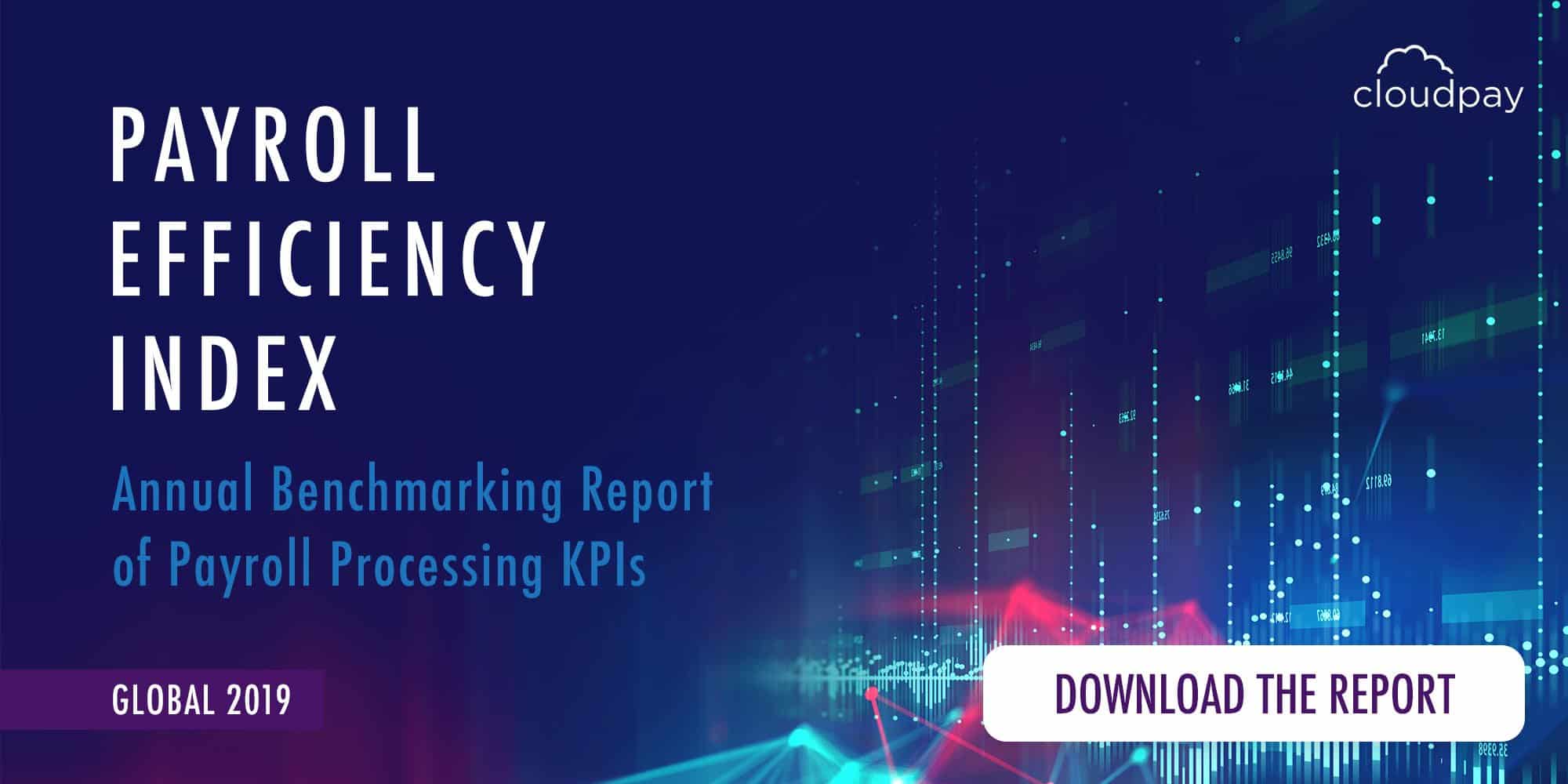When it comes to selecting and optimizing technology solutions for core business operations, decision-makers often struggle to weigh organizational needs and goals against the cost of modern systems. It’s a balancing act: the business needs a better solution, but it also needs to manage costs. Unfortunately, the challenge of reconciling those two facts often results in sticking with the status quo.
However, taking a broader view of these investments can offer a more balanced perspective of upfront costs versus long-term savings. While multiple variables make it impossible to calculate a guaranteed rate of return, changes focused around key process improvements can yield significant cost savings down the road. This is why, instead of focusing on price, a more helpful starting point can be to ask, “What will this save?”
Integration is a perfect example. Other than implementing a wholly new solution, integration is one of the biggest changes you can make to global human resources and payroll services. It takes a lot to integrate systems — time, money, project oversight — but integration enables even more in terms of reduced inefficiencies and better resource management. And focusing on those concrete benefits and the real savings that come with them will help turn integration into a cost-savings initiative.
Save time, labor, and resources
Every pay cycle involves substantial interaction between the payroll and HR teams, much of which centers around getting the information required to process payroll for that period into the payroll system. This is done a myriad of ways, with the most common process being to download the relevant data from the HR system, manually transfer that information into a payroll system template, and then upload the template to the payroll platform.
Whether that manual transfer involves pasting blocks of data or actually re-keying information, it’s a time-intensive step and a critical one to get right. It’s also just the beginning of the process, as payroll still has to work with HR to verify inputs and make corrections even before calculations can be done.
With integrated systems for payroll and HR, both platforms use a single source of data that can be accessed and updated as needed by users of either system, simultaneously and in real time. This means as soon as the HR data is ready, it’s available for payroll. Any changes or corrections made are ready for processing. And all that time spent on data transfer, version management, making and replying to requests for verification or changes, and the rest of the regular back and forth can be applied instead to actually running payroll.
Reduce risk to security and compliance
In addition to saving time throughout the process, using a single source of data and shared workflows between payroll and HR dramatically reduces the risk to data security and accuracy. Integration facilitates inherently better data management because it eliminates multiple manual steps, from emailing locally saved Excel files to re-keying changes across functions. Using separate systems, each of those steps presents an opportunity for breach or error, regardless of how diligent the team members are.
Beyond boosting accuracy and speed in payroll processing, this delivers critical support to compliance and security efforts. In this instance, system integration eliminates an important vulnerability of sensitive and highly regulated data. It enables that data to be managed in one place, with no desktop versions to be tracked and deleted, and minimal need for manual intervention.
Importantly, this translates into improved auditability of these two critical functions. The data is complete and traceable, with controlled access and visibility. Plus, by minimizing the risk of non-compliance, integration also reduces the risk of the associated fines.
Cut unnecessary payroll costs
The success of your payroll process can, in part, be measured by process-focused efficiency metrics, like those used in the Payroll Efficiency Index. These KPIs help teams assess the number of errors in payroll data and their cause, as well as the speed of processing and the accuracy of outcomes.
One KPI that can be monitored for its direct effect on cost is supplemental impact, which is the percentage of runs that are done as supplemental runs. Typically, organizations are charged for a supplemental run unless it is due to a fault of the provider. So if the issue lies in your data, you are responsible for the additional run.
In some countries, statutory requirements can factor greatly into the volume of supplemental runs. For example, in Spain, all absences must be reported within the pay cycle in which they occur, meaning if an employee is out sick after the payroll has been run and approved, it triggers a supplemental run.
However, in most countries the percentage of sup runs is largely within company control — and consequently is a good indication of how well the payroll process is executed. Improving data management and cutting the time it takes to complete a payroll cycle can reduce the overall volume of supplemental runs, saving that additional time and cost.




